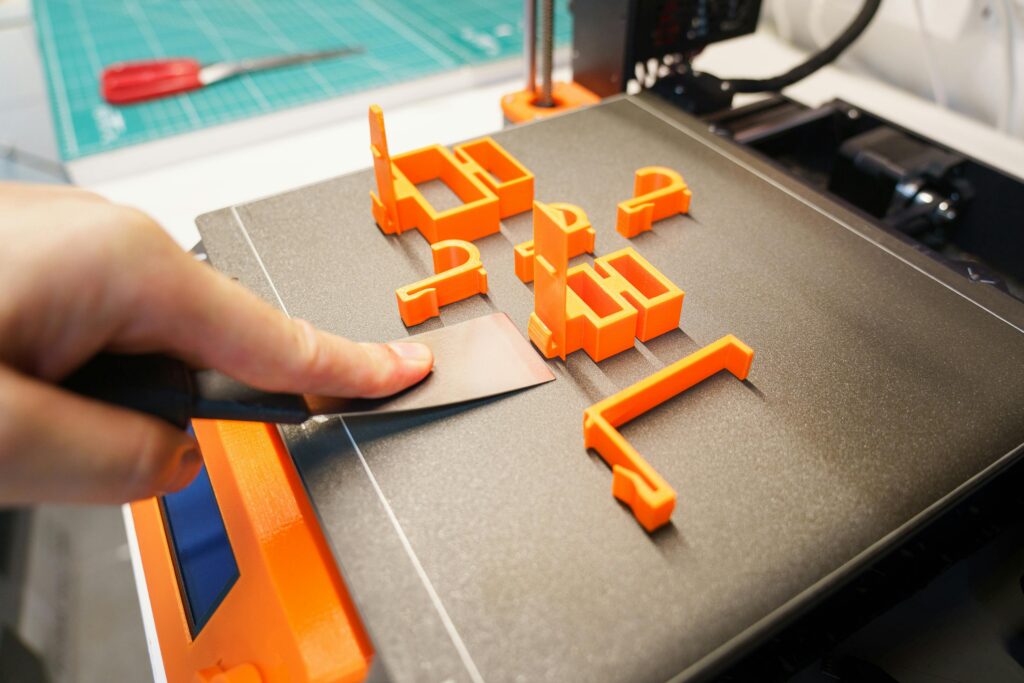What to Know About the FGC-9 and Other 3D-Printed Guns

In recent years, the rise of 3D-printed firearms has stirred global discussions around gun control and technology’s role in weapon creation. One of the most notable models is the FGC-9, a 3D-printed semi-automatic firearm that has captured significant attention. Developed to be built without the need for regulated gun parts, the FGC-9 highlights both the innovation and controversy surrounding the world of 3D-printed guns.
The FGC-9: An Overview
The FGC-9 (which stands for “F*** Gun Control 9mm”) was designed with the intent of bypassing stringent firearm regulations, making it a symbol for pro-gun communities advocating for unrestricted access to firearms. The original design was released in 2020 by an anonymous individual known as “JStark1809.” Made primarily from 3D-printed components, the FGC-9 requires minimal metal parts, most of which can be easily sourced without violating local laws.
How 3D-Printed Guns Work
3D-printed guns are made using a process called additive manufacturing, where successive layers of material are laid down to create a final object. Typically, hobbyists use PLA or ABS plastics to print components of these firearms. Critical metal parts, such as barrels, are often homemade or sourced from widely available materials like steel tubing.
While the technology allows for creativity, there are significant challenges in 3D printing guns. The durability of 3D-printed plastic is often questioned, especially under the high-stress conditions generated by firing bullets. Even so, many designers have refined their models to improve reliability.
Legal Concerns
The legality of 3D-printed firearms varies by country and even by state within countries. In the United States, 3D-printed guns occupy a gray area. The federal government requires that all firearms have metal components, making fully plastic guns illegal. However, because the FGC-9 and similar firearms incorporate metal parts, they can be legally assembled in certain areas, as long as they are not sold or transferred.
In Europe, the laws are stricter, and individuals creating or owning 3D-printed guns may face serious legal consequences. The accessibility of designs like the FGC-9 on the internet has alarmed policymakers worldwide, prompting debates about whether new regulations are necessary to address the rise of “ghost guns.”
The Future of 3D-Printed Firearms
As 3D printing technology evolves, it’s likely that the capabilities and sophistication of homemade firearms will grow. Innovations in material science could lead to stronger, more durable printed components. The open-source nature of the designs allows for continuous improvement, which could make 3D-printed guns more widespread in the future.
However, with the increase in availability comes the potential for misuse. Governments worldwide are working to regulate and monitor the production of these firearms to prevent them from falling into the wrong hands.
Final Thoughts
The FGC-9 is just one example of how 3D printing is impacting the firearms industry. While it symbolizes freedom for some, it raises significant ethical and legal challenges for others. Whether for hobbyists or those seeking to circumvent gun laws, 3D-printed firearms will continue to be a topic of intense debate in the coming years.



